Jim Tolpin and I both entered into this “Language of the Artisans” through different side doors. We each wandered about in amazement before we even realized the enormity of it and both of us independently sought answers to some important questions about our craft. How did our ancestors so consistently design and build at such a high level? What did they know that we somehow have lost?
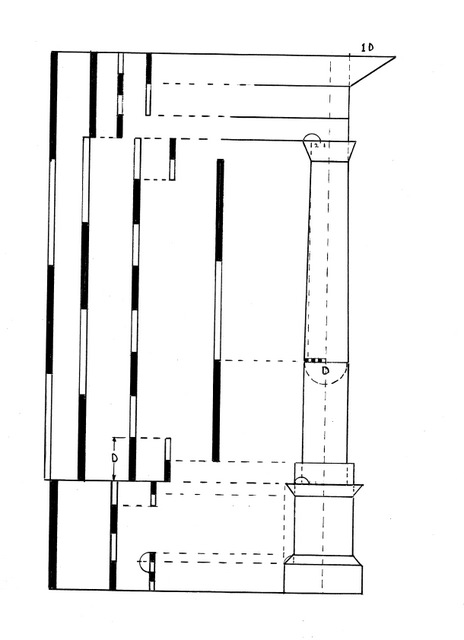 My side-door was an introduction into the classic orders fueled by British design books from 18th century. I dove into them with gusto and although it was a steep learning curve, it produced a staggering change in my perception.
My side-door was an introduction into the classic orders fueled by British design books from 18th century. I dove into them with gusto and although it was a steep learning curve, it produced a staggering change in my perception.
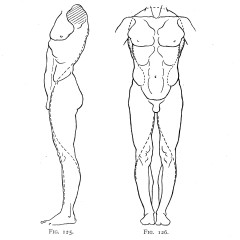
Jim entered through a different door. He began by exploring the proportions within the human form. This lines up more with the design emphasis from the Renaissance and includes both aesthetic lessons as well as practical layouts taken directly from the body. When we did finally team up, we knew immediately that both of these streams of knowledge originated from the same flow. It wasn’t until a few years went by that we came to realize THE big entry door that lays the whole foundation. It’s far back before the Brits and the Italians. It goes back to the lessons of Euclid and the simplicity of pure shapes and forms that the ancients saw as the key to understanding.
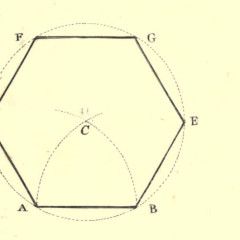
Euclid’s simple shapes could be generated with a compass and straightedge and were some of the first self evident truths our ancestors tried to wrap their heads around. So simple that it’s easy to pass over it in search of something with more sizzle. But before you dismiss it, listen up. For our purposes as designers and builders it’s not about memorizing Euclid’s proofs, but instead it’s important to experience with your own hands the physical proofs scratched out across some freshly planed lumber. When we learn Euclid with hand tools we enter into a depth that cannot be described completely with words.
Come join us in our upcoming design workshop series “Tricks & Truths” where you’ll meet Euclid wearing work boots.
George R. Walker

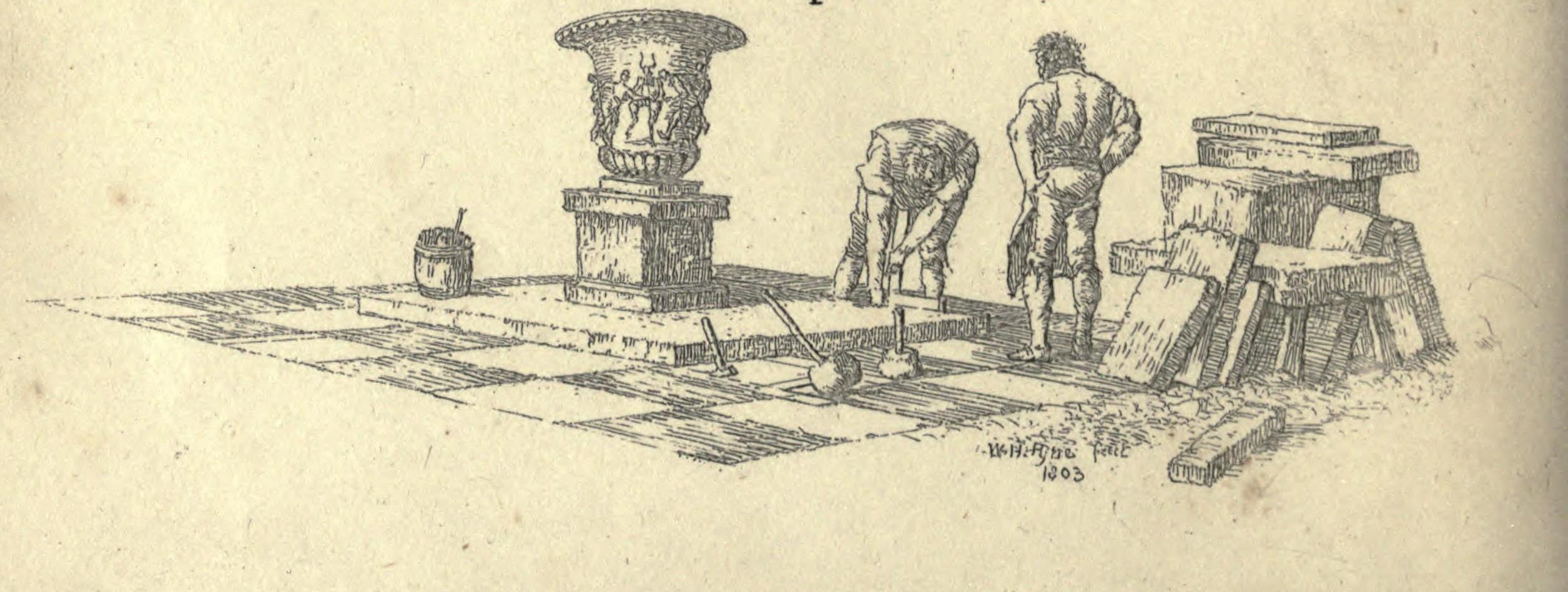
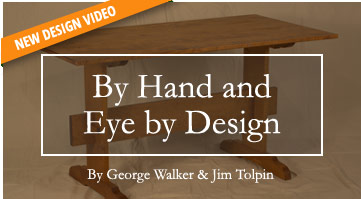
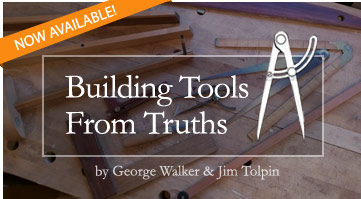
3 thoughts on “Euclid wearing work boots”
Boon
Can’t wait!
taraine
Speaking of pure shapes and truths, does it bother anyone else that the column figure above is askew?
Brian Ashton
I feel that my door was different yet again. I am proud to be a freemason. I’m sure you are all aware that there are three degrees in Masonry. In the second degree, that of a fellow craft, we are told that we are free to explore the hidden mysteries of nature and of science. As we move on to the third degree I have long felt that we somewhere over the years lost what it was that we were supposed to explore. Only when I explore your writings and look back at my Masonic teachings do I see with a new eye the “three noble orders of architecture, Ionic, Doric and Corinthian” I can see within all the proportions I am ever likely to need. I will not live long enough to explore what teachings are contained within and how they can help me in my journey.